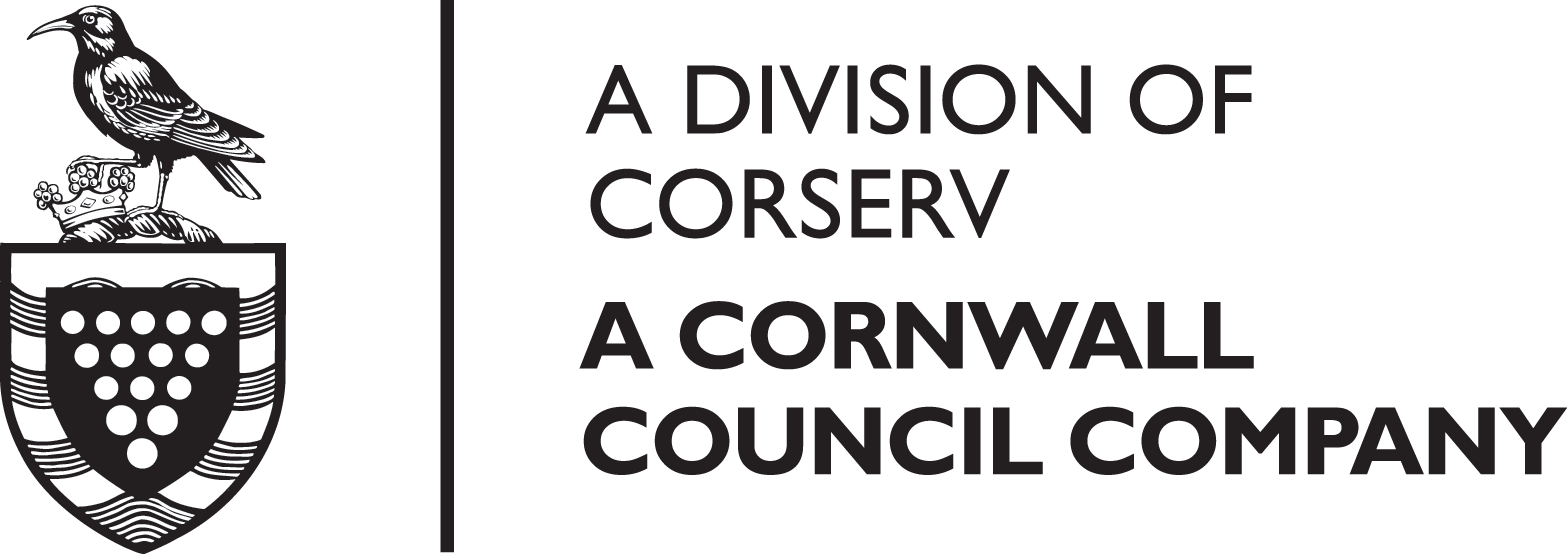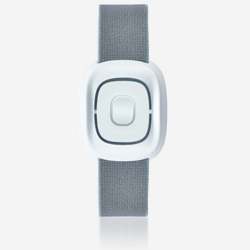
SMILE FALL fall detection sensor
SMILE FALL fall detection sensor
A fall detection sensor can be an important part of a care system, providing greater security and independence to the user, facilitating the work of caregivers and family members.
SMILE FALL is a small wristband alarm trigger that monitors people at risk of falling by detecting falls and automatically reporting them. Target users are, among others, older people, users with Parkinson’s disease and people with impaired mobility.
How does it work?
Smile Fall is developed to detect hard falls in situations where the user cannot press the button after the fall
- Slipping and falling backward
- Falling due to loss of consciousness
- Tripping on an object and falling forward
Soft falls with impact limited by hindering object or by the user catching themselves, will not detected by the smile fall. However the user can always send the alarm manually.
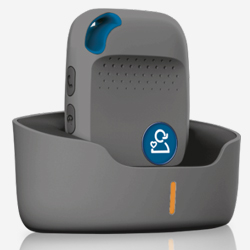
Oysta Rio
Vulnerable Independent People (VIPs) ensuring they are safe at home, and safe away from home.
The Oysta Rio supports Vulnerable Independent People (VIPs) ensuring they are safe at home, and safe away from home.
This device can be carried in a pocket, on a keyring, or on a lanyard and does not require a Wi-Fi connection to work. It has an SOS button, that, when pressed will notify a chosen contact in the care circle or Alarm Receiving Centre (ARC).
It also includes a separate button! This button can be worn by the VIP or placed anywhere in the house where the individual may be at higher risk. If one button is not enough, the device can be paired with up to 5 buttons to meet the VIP's needs.
The Oysta Rio connects to our care platform, IntelliCare™, so the care circle will be able to set safety parameters, locate VIPs and if needed, direct them home or direct help to their location.
It provides peace of mind to VIPs that they can remain independent and safe even outside, and their care circle stays informed and available at a push of a button.

Carer pagers (Possum)
We can provide a portable pager to receive alerts from our range of sensors for onsite carers
Carer Pager: This discreet and convenient device provides peace of mind by alerting someone you live with when you need assistance, offering an additional layer of support within your home. Important note: This pager does not replace your 24/7 monitoring service and cannot directly contact them.
Key Features: Personalized assistance: Receive help quickly from a familiar face you trust who lives with you.
Clear alerts: The pager displays the type of sensor triggered, along with either the sensor's location or the name of the person it's associated with, ensuring the person responding knows exactly what kind of help is needed.
Discreet and portable: Wear the pager comfortably on a lanyard or clip it to your clothing for easy access.
Enhanced peace of mind: Knowing help is readily available within your home can provide added comfort and independence.
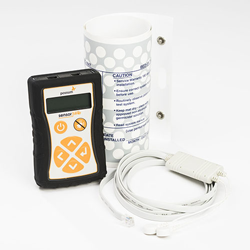
New Paper Thin Falls Prevention Mat (suitable for profiling beds)
Unlike most commonly used falls detecting mats, the Paper Thin mat uses capacitive sensing technology rather than their weight.
The Paper Thin mat can be used on beds as well as chairs to detect occupancy. It is easy to fit- it is placed underneath the bed sheet and attached to the mattress with the strong adhesive tape (which is positioned on the reverse of the mat). It is compatible with profiling beds, standard beds or any chair or seats. The Paper Thin can be cut to size and positioned to provide the best level of protection and comfort for the user and is durable and wipe clean that has waterproof properties.
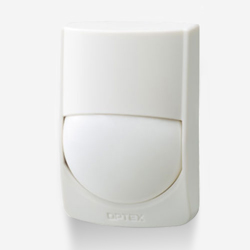
PIR Movement or inactivity sensors
Placed in key positions around the house, these sensors detect movement, or lack of movement.
They can be programmed to specific timeframes and can include the users daily routine. If normal activity isn’t recorded, the team will receive an alert which can be passed on to family members or relatives.
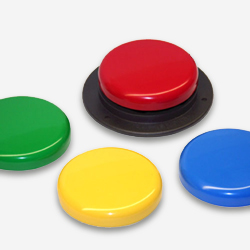
New “Jelly Bean” big button pendant
The wireless and easy to press Jellybean can be mounted anywhere in a property or onto a wheelchair using one of our mounts.
It is often fixed to the side of bath or shower, also used as a bogus caller alert by the front door. The Jellybean can be programmed to mean a variety of different things and is available in a range of colours, which can be programmed to prompt different actions when pressed.
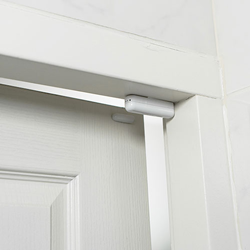
Property exit / door open sensors
Our door sensors monitor activity or movement when exiting a building or door.
As 40% of people with dementia are prone to wandering, we can also provide a sensor which specifically monitors for activity, or send an alert when someone leaves a building at various times of the day or night. It can also detect if a main exit door has been left open.

Smoke detectors
Like normal smoke detectors, the alarm will detect smoke and fire.
However it will also alert our 24/7 locally based monitoring centre so our operators can speak with the resident and assess the risk before contacting the Emergency Services. This is particularly useful for people with hearing impairments, limited mobility and concerns around memory loss. Smoke Detectors should be ceiling mounted in hallways, living rooms or bedrooms, they are not suitable for the kitchen or bathroom.
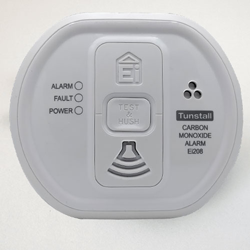
Carbon Monoxide detectors
Similar to the smoke detectors, this detects levels of carbon monoxide in the home.
Carbon Monoxide can come from cookers, gas fires, boilers, central heating systems and any other appliances which use gas. Carbon Monoxide Detectors should be wall mounted above door height in rooms that contain a fuel burning appliance. Do not fit in bathrooms, directly above cookers or in draughty areas. If a dangerous level of carbon monoxide is detected a local alarm will sound and an alarm call will be transmitted to the monitoring centre.

Pill dispensers
The Pill Dispenser will sound an alarm when it is time for the user to take their medication.
If the pills are not taken from the dispenser within a preset period an alarm call will be transmitted. The Pill Dispenser will make the correct dosage available at the correct time each day whilst keeping the others locked out of sight. Pills "ready" and pills "taken" times are also transmitted and logged.
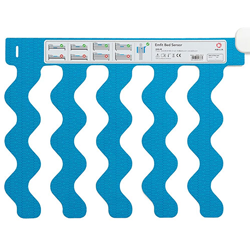
Epilepsy sensors
The Epilepsy Monitor bed sensor pads should be positioned under the mattress to detect arm and leg movements.
If a Tonic Clonic seizure is detected in the bed an alarm call is transmitted. Placed between the mattress and sheet, this sensor provides immediate warning on detection of moisture, allowing effective action to be taken. The sensor eliminates the need for carers to make physical checks, promoting dignity and independence.
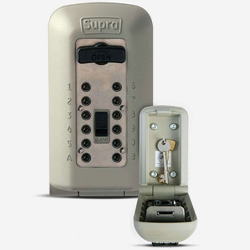
Key safes
Key safes can be useful to allow access to a property to someone trusted in a safe and reliable way.
The small box has a combination lock on it to allow a spare set of keys to be stored.
Please take a look at our pricelist for more information or contact us using the form below.

